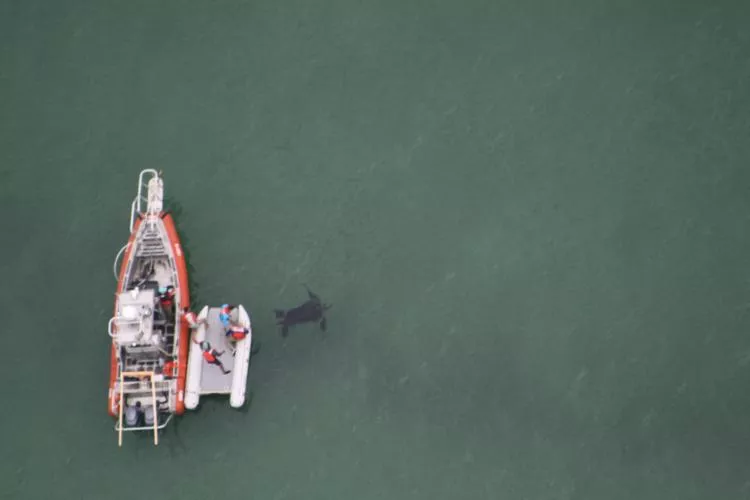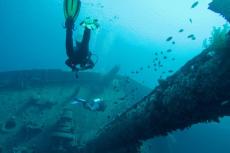Feeding grounds for leatherbacks along US Atlantic coast identified
A five-year study into the leatherbacks' migration along the US Atlantic coast yields new insights into their foraging behaviour.
A new study offers fresh insights into leatherback sea turtle migration and foraging patterns along the Northwest Atlantic shelf, with implications for conservation strategies.
Published in the Journal Frontiers in Marine Science, the research tracked 52 leatherback sea turtles from 2017 to 2022 during their migration from the South and Mid-Atlantic Bights during the warmer months to the food-rich areas in the north, near New England and Nova Scotia, Canada, and then their journey back during the winter.
The scientists wanted to find out where the turtles went during their journey and what they did along the way.
New foraging areas uncovered
The results, gleaned from the leatherbacks’ satellite tags that recorded location, depth and temperatures, have yielded several revelations. It documented the leatherbacks' foraging of abundant jellyfish near Cape Cod and Nantucket during the late summer and fall, with some turtles lingering for extended periods before returning south.
Feeding behaviours observed in the Mid-Atlantic Bight suggest it as a recurrent foraging area, despite a lack of data on prey distribution. The research also sheds light on the leatherbacks’ high use of certain U.S. coastal areas, underscoring the importance of these regions as major foraging grounds.
Additionally, the South Atlantic Bight has been identified as a key stage in their migration, due to them feeding along the continental shelf ridge; this activity coincides with the timing of cannonball jellyfish blooms, which are critical to the leatherbacks during overwintering and nesting.
Not surprisingly, the study also highlighted the leatherbacks' risk from fisheries and vessel strikes, with the development of offshore wind farms posing a new threat.
The data gathered is crucial for conservation management to implement measures that would minimise the impact on this endangered species, ensuring their protection amidst human advancements.
























